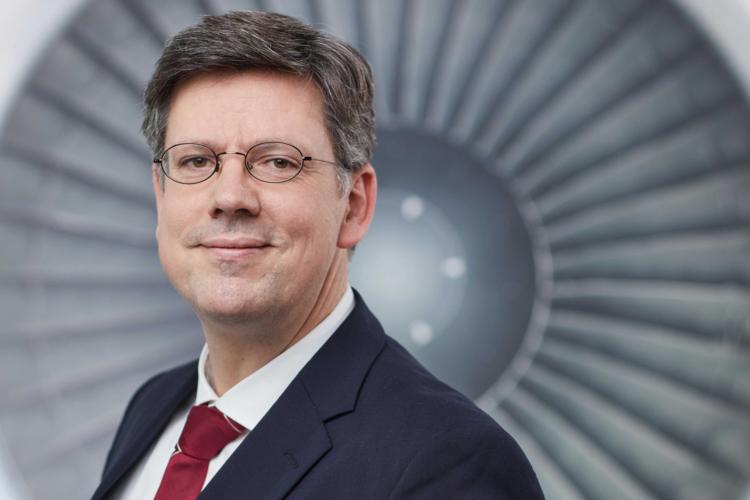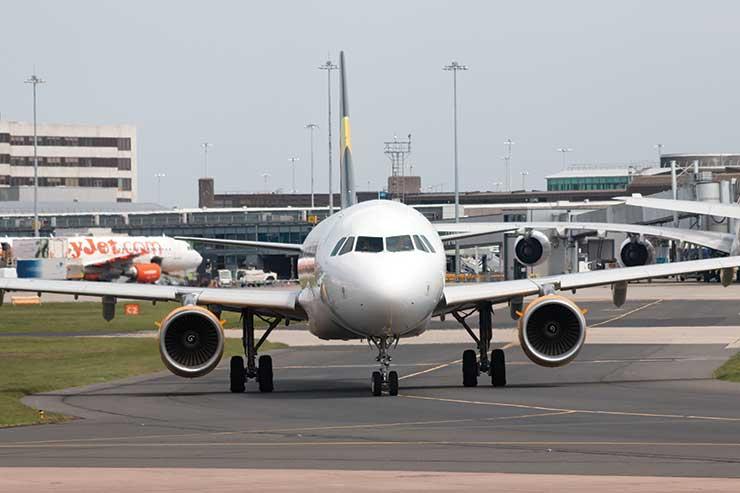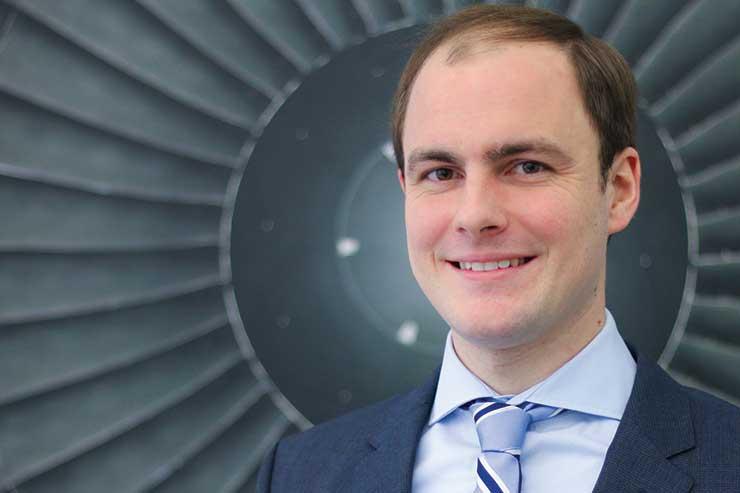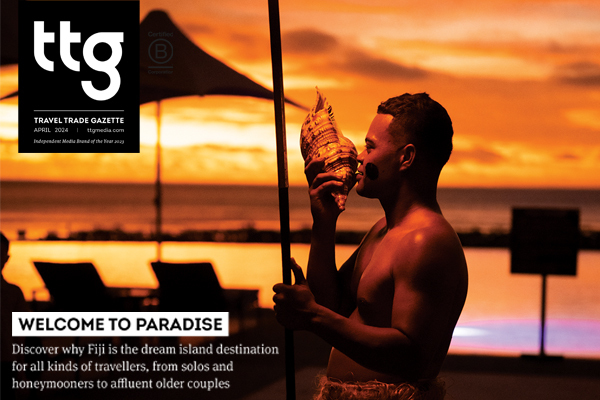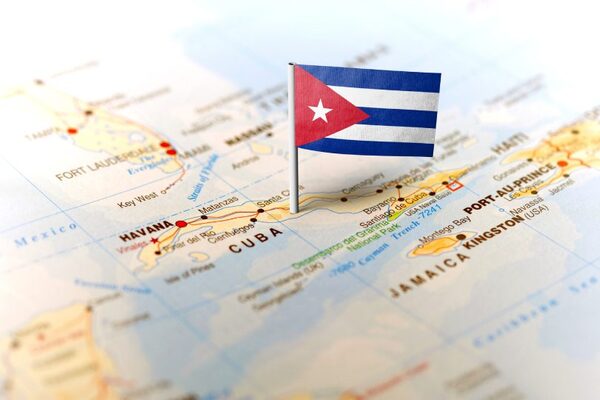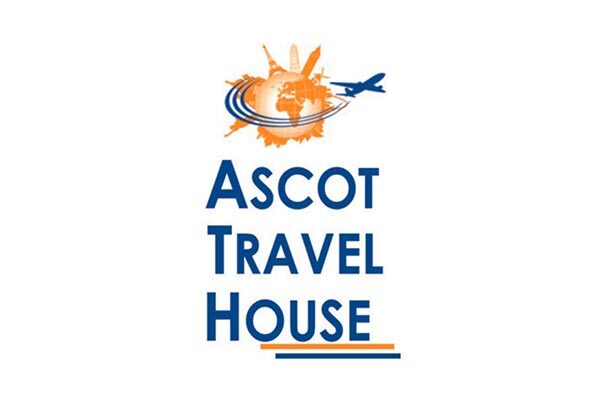Smooth operator: Cook. Thomas Cook... Group Airlines
Thomas Cook Group Airlines is altering its course as it adjusts to the disruption from long-haul LCCs and new-look legacy carriers.
When it comes to route expansion for Thomas Cook Group Airlines, there is a shared belief that the opportunities lie with secondary airports.
Whether it is in the long-haul or the short-haul market or through the group’s two main airlines, the British Thomas Cook Airlines and German Condor, point-to-point operations to the less busy airports are seen as key to the future.
Jens Boyd, head of group long haul at Thomas Cook Group Airlines, says the strategy is particularly necessary in the transatlantic market where competition for passengers remains fierce.
The situation has been further worsened by the arrival of low-cost carrier (LCC) Norwegian which has largely introduced its long-haul offering in that very market.
This has forced traditional legacy airlines like British Airways (BA) to react aggressively, mostly by ramping up the capacity on its own routes while maintaining a heavy presence in its historical primary airports like London Heathrow Airport.
Secondary first
To avoid being caught in the crush, Boyd believes the decision to focus on secondary airports is the way forward for charter airlines like his.
He adds: “The demands on the transatlantic market are still high. People are piling capacity into it and while there might still be demand which is increasing for some destinations in Europe, the airlines, tourist boards and operators still need to stagger the traffic flow.
“To sustain our own network development [in this market] we’ll be adding secondary points in the US like New Orleans rather than using the hub system to add more and more routes. We see ourselves operating more point-to-point flights in the long haul sector [in the future].”
The group’s head of flight planning Henning Lindemann agrees secondary airports are currently key to Thomas Cook’s future route development in both short and medium-haul markets too. This is because they offer fewer operational constraints while providing the group with opportunities to exploit niche markets.
He also argues that by developing the operator’s winter schedules in both short and medium-haul destinations to a greater extent, so the business will be less susceptible to the peaks and troughs of the traditional European market and will see it further differentiated.
Lindemann says: “We are considering niche operations mainly from promising markets while the main focus of what we are doing as airline operators is on routes with a year-round potential. We want to balance out the winter and summer seasons so we need to focus on more winter destinations like the returning market in Egypt.
“In Germany we are investing in it [the Egyptian market] and we are seeing the passenger numbers rising and we are about to consider growing in the Red Sea destinations.
“The niche strategy works more in the summer, for instance in the German market we are looking at more niche destinations in Greece. As far as I am concerned, these opportunities apply more to secondary airports.”
While both are in agreement on the overall strategy, Boyd admits it is more likely to be implemented in the long-haul markets where Thomas Cook has enjoyed considerably more growth than in the short haul.
Condor: Summer schedule 2017
Departure airports: Berlin-Schoenefeld, Cologne/Bonn, Düsseldorf, Frankfurt/Main, Hamburg, Hanover, Leipzig/Halle, Munich, Stuttgart
Short/medium-haul destinations: Bulgaria (2), Croatia (2), Cyprus (2), Egypt (1), Greece (15), Italy (8), Malta, Morocco, Portugal (2), Spain (8), Turkey
Long-haul destinations: Brazil (2), Canada (5), Barbados, Costa Rica, Cuba (3), Dominican Republic (3), Jamaica, Kenya, Maldives, Mauritius, Mexico, Namibia, Puerto Rico, Seychelles, South Africa, Tanzania (2), Trinidad & Tobago, US (11)
Thomas Cook Airlines: Summer schedule 2017
Departure airports: Belfast, Birmingham, Bristol, Cardiff, Doncaster, East Midlands, Exeter, Glasgow, London Gatwick, London Luton, London Stansted, Manchester, Newcastle
Short/medium-haul destinations: Bulgaria (2), Cape Verde, Croatia, Cyprus (2), Egypt, Greece (13), Italy (2), Malta, Portugal, Spain (10), Turkey (4)
Long-haul flights: Dominican Republic, Cuba (3) Mexico, US (7)
He adds: “We’ve been growing long haul faster than short haul in the past three to four years. We are very happy with the way long haul is developing.”
Boyd adds some of this has been in reaction to geopolitical events beyond the operator’s control. For instance, a coup and terrorist attacks in Turkey last year led to weakened demand for the destination in Germany where the group has traditionally been a market leader. Similarly events in Egypt in 2015 forced a temporary rethink on capacity.
However, he adds the long-haul market is easier for Thomas Cook to operate in as even with carriers like BA and Norwegian becoming increasingly competitive there.
Boyd says: “The short and medium-haul markets have been under a lot more pressure than the long haul. It is more benign in the long-haul sector than the others, but that is changing with people like Norwegian pushing in.
“But it is still much more difficult for any airline to start a long haul route than a short haul route.”
He argues LCCs implementing a long-haul strategy suddenly find crew costs go up as they are legally obliged to rest them for days at a time, while it is much harder for the carriers to get the same airport cost reductions they enjoy in the short haul markets. He adds: “The price is still very much the same for everyone, it is still hard for the LCCs to affect the traditional airlines in the long-haul market.”
Boyd also argues the airline group’s route development strategy benefits from the fact that it is part of a tour operator which drives extra customers to it. He said this accounts for around a third of the airlines’ routes as the operator requires the airlift to fill its hotels in the destinations.
Boyd says: “This means we offer destinations we would never have previously dreamed of flying to. It is a very broad network although we end up with some routes that we might be operating to once or twice a week.
“Our destinations that are tour operator driven include Cuba and the Dominican Republic while both Mombasa and Mauritius were developed with the tour operator.”
Lindemann adds: “This depends a little bit on the market. In purely tour-operator-driven markets the tour operator points us in the right direction according to our source markets. This is not limited to just Thomas Cook tour operations, it us the same for others.”
Emergency plans
Boyd says being a partner with a tour operator also helps the airlines deal with a crisis, for instance in the case of Turkey last year when the problems led to a considerable softening of demand.
“Last year Turkey accounted for about a third of our capacity and we were able to switch that around,” he adds. “We wouldn’t have been able to do that purely as an airline. It would have been very hard for us.”
He says a further third of Thomas Cook’s new routes are decided purely by the airline with the tour operator section taking no responsibility for them at all. The final third comprises of routes where the airline believes a market exists, but they must then convince their tour-operating colleagues to buy seat commitments in order to grow the frequencies.
In the meantime, Boyd and Lindemann both agree that the increasing trend of tourist boards getting more involved in route development is a positive move for the industry as a whole.
Boyd says: “Five or ten years ago destinations were happy to have no say and the job was done. In the last three to four years we have been working very closely with the destinations.”
However, Lindemann argues there is still room for improvement, adding: “At the moment there is good cooperation between the airlines and the airport, something that’s been well developed at the Routes conferences and they are bringing in tourist boards. In the best case scenario, all three sit together.
“I would still like to see airports and local tourism authorities speaking to each other a little bit more. The tourist board brings the numbers and, compared with the airport, has more in-depth knowledge like knowing the leisure offering [in-resort] and the right marketing messages.”
In which case it becomes obvious why secondary airports have such a primary focus for the Thomas Cook Airlines Group. Not only do they provide new routes and allow the group to duck much of the competition but with the increase in tourism board participation, they provide new destinations for an ever-hungry market.
At the mercy of the markets
Despite being increasingly integrated into a single airline system with common operational and support functions, Thomas Cook Airlines Group’s four brands remain very much at the mercy of events in their source markets.
A review of the Thomas Cook Group’s results for the year ending September 30, 2016, shows that while the UK’s Thomas Cook Airlines and its Scandinavian counterpart “performed well during the year”, neither the German Condor nor the Belgian brand did so well.
The report states overall long-haul revenues had grown by 13% during the year and a further 10 long-haul routes were being launched, including Manchester to Los Angeles and Frankfurt to Austin. This meant at the time of the results’ release, the UK had seen an 18% increase in long-haul bookings for the 2016-17 winter market. The report also noted both the UK and Scandinavian airlines had performed well as they are “strongly supported” by the tour operator.
On the other hand, the Belgian arm was largely impacted in its profits by the terrorist attack on Brussels Airport and the city in March which killed 32 people.
Meanwhile, a number of factors combined to clip Condor’s wings. The financial report states the airline was affected by German market developments including weak demand, especially in Turkey where it was a market leader. In addition, overcapacity in the short and medium haul sector led to “significant” yield pressures and in particular for flights to the Canaries and Balearics in the peak summer season.
Nor could the growth in long haul mitigate for this, the report adds, meaning load factors fell to 89.2% from 91.6% in the previous year while seat yields reduced from £105 to £95. In total the airline’s revenue decreased by £38 million to £1,253 million.
However, the report adds: “In response to these challenging marketing conditions, we have implemented several initiatives to improve Condor’s performance, including reducing our exposure in the German short and medium-haul sector, further expanding out long-haul offering in the summer and building more flexibility into flight plans.
“These actions will be underpinned by a closer cooperation with our German tour operator, to take advantage of economies of scale.”
Alliances help Condor fly deeper into USA
Thomas Cook Group Airlines is well advanced in its strategy to improve Condor’s fortunes with more long-haul routes following the largest US expansion in its 60-year history.
The airline announced in February that having already added nine new routes in the previous three years, it was now introducing flights from Frankfurt to San Diego, Pittsburgh and New Orleans.
The increase came after it was revealed more than one million customers used the airlines’ North Atlantic services in 2016 which were available to Anchorage, Austin, Baltimore, Fairbanks, Las Vegas, Minneapolis, Portland and Seattle. At the same time, passenger numbers from America to Europe doubled.
The new routes will offer three classes of service and use a Boeing 767-300 aircraft. They are also expected to benefit in the US from partnerships with airlines including Alaska Airlines, JetBlue and Sun Country providing feeder flights from many more cities across the US.
The additional flights mean the Condor route network features more than 75 destinations with easy connections to more than 230 global destinations, thanks to the previously mentioned partnerships and more.

